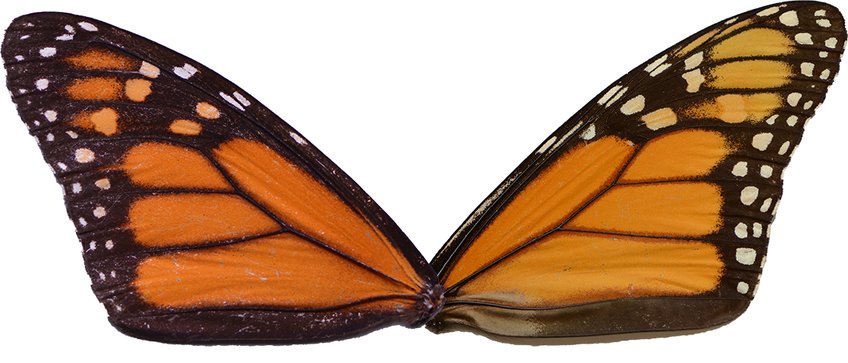
Max Planck Research Group Predators and Toxic Prey
We are interested in the design of visual and chemical signals, how visual and chemical signals are perceived and learned, how individuals differ in their response to novel visual and chemical signals, how they learn about these signals, and how the social environment affects an individual’s exploratory and learning behaviour. We apply these question to understand the evolution and function of anti-predator defences including masquerade and aposematism.
How do signals evolve and why do they vary?

Aposematic prey advertise their toxicity with conspicuous warning signals. Aposematic animals often have variable warning signals and differ in the quantity and the profile of specific defensive chemicals. Despite over 150 years of investigation, the evolution and maintenance of this variability is still described as paradoxical. We study the warning signals, the composition of chemical defences, and the effectiveness of these defenses against different predators using the monarch butterfly Danaus plexippus and the large milkweed bug Oncopeltus fasciatus. This research combines chemical, behavioural, and ecological explanations for the evolution of aposematism.
Genetic sources of target-site insensitivity of Na+K+-ATPase
As a Max Planck Group Leader I have extended to a new line of research on the evolution of target site insensitivity in predators, analysing the evolution of the Na+K+ATPase gene family, and functionally characterising Na+K+-ATPase mutations (in vitro).
